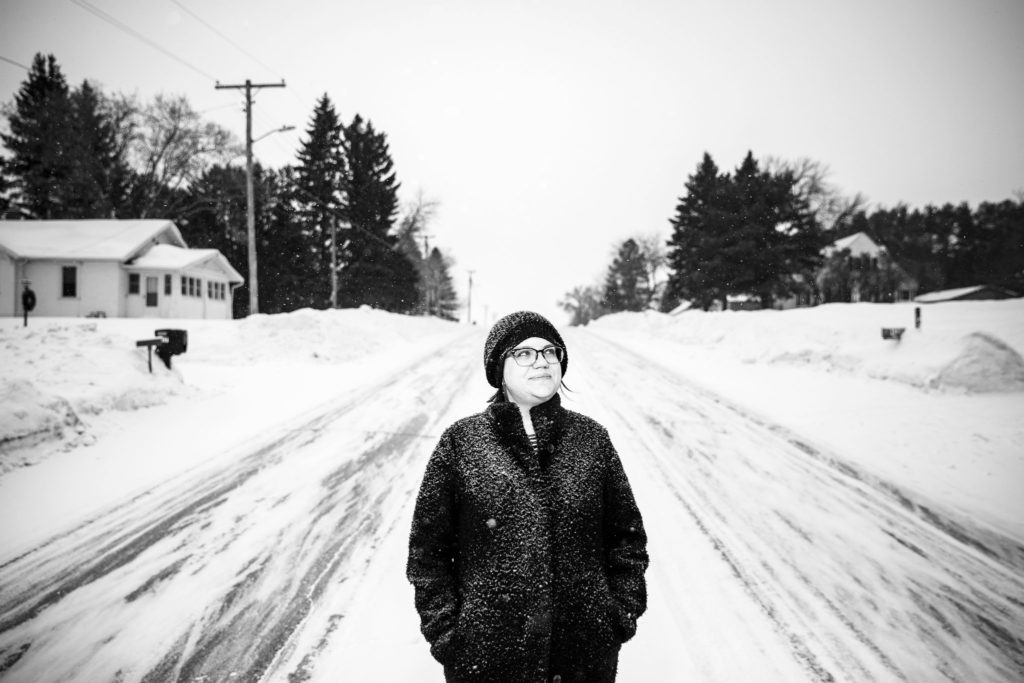Michelle Anderson, Writer and Advocate, author of “Go Home to Your Dying Downtown” , photo by Damon Winter
It’s more and more rare to see good documentary photography in online or print publications, which is ironic given the sheer amount of photographs out there and the fact that basically everyone now has a professional quality camera in their pocket at all times. The profession has been dumbed down by any number of things – whiz-bang digital photography capabilities and a generation raised on them, the disappearance of in-house photographers in preference for the work of unpaid “citizen journalists,” general vulgarity of taste.
So it’s refreshing to see good work when it appears. Damon Winter’s photography in “Go Home to Your Dying Downtown,” written by Michelle Anderson for the Time’s Opinion Pages is an excellent example of good work – simple, direct, evocative illustration of the author’s text.
The noun document is derived from the Latin docere, to teach. In modern times, it’s also become a verb and taken on the more restricted meaning of furnishing evidence. I’ve discussed how this modern meaning has become increasingly problematic with the rise of digital technologies at length in previous posts. But this isn’t to say that, used properly and with integrity, it can’t still be so.
Documenting text with photographs represents a double struggle: first, the writer and photographer need to understand the extent of what can be noted by words and pictures; and second, they need to provide a context that informs and enlightens while staying true to the reality. These are issues of judgment, ultimately subjective, wherein the author and photographer take in the information, give it shape and present it coherently. It’s more difficult than you think, and when it’s done right it rarely gets noticed apart from the whole, because that’s the whole point.

